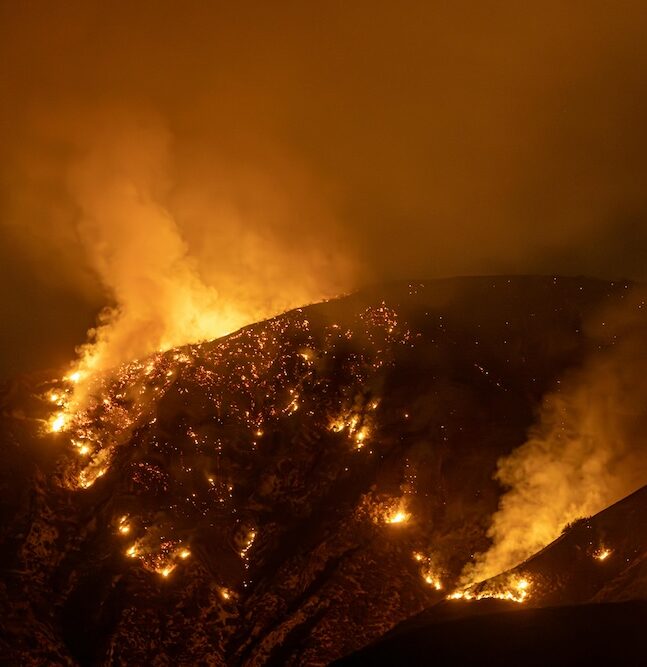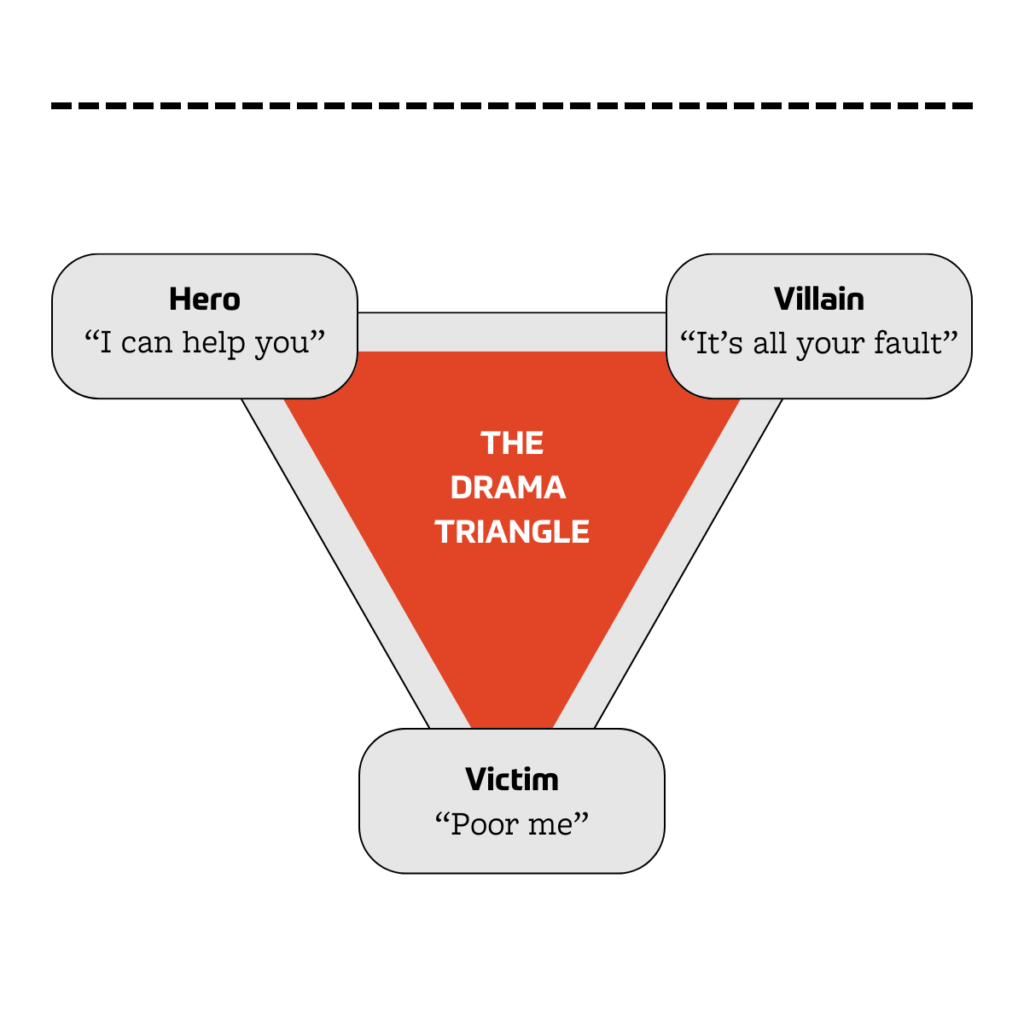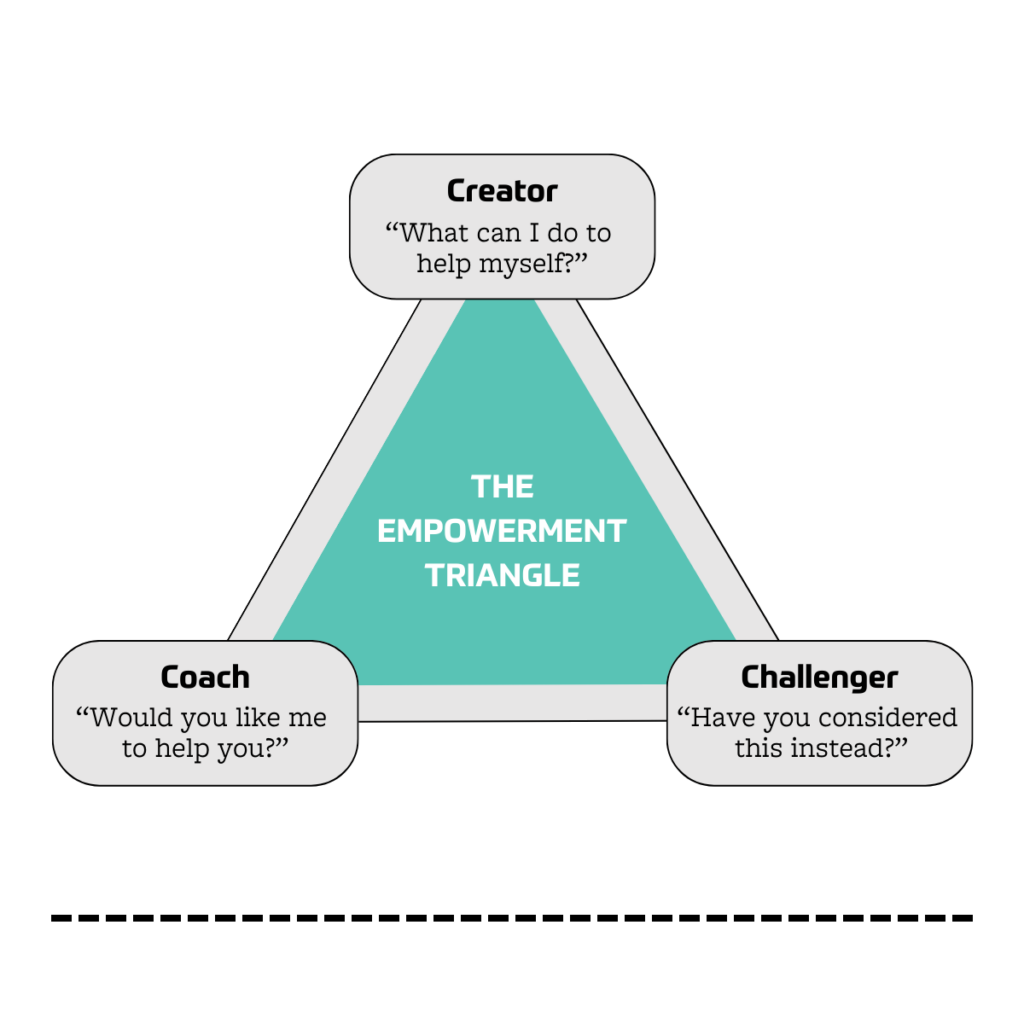Getting above the line: What is the story you’re telling yourself?
2025 came in with a bang.

2025 came in with a bang, signaling with its literal and figurative wildfire that we have entered an age resembling Disorder.
A critical (sometimes unpleasant) stop-gap between Order and Reorder, Disorder arises when life experiences contradict previously held expectations.
We see the dismantling (sometimes burning) of systems and institutions, which eventually makes way for Reorder—a more compassionate, and wiser worldview on the way.
Times like these bring predictable fear and unrest.
And while most of us can intellectualize what it’s like to feel afraid (I stop breathing, for example), we have few tools for becoming aware of our fear before being seized by it.
If we can recognize when we’ve slipped into fear (also called, “unconscious leadership”), we reclaim the power to shift toward conscious, productive behaviors at work and at home.
A critical (sometimes unpleasant) stop-gap between Order and Reorder, Disorder arises when life experiences contradict previously held expectations.
So, let’s talk about tools for regaining consciousness.
The first step sounds simple: parsing out facts vs stories.
A fact is objectively true. When the facts of our lives start stacking, we interpret them to make rapid meaning of the world through story. As Juval Harari wrote in Sapiens, our stories are our species’ superpowers.
When our partner asks about our big meeting, we don’t delineate between the facts and the stories we share. On average, we tend to share very few facts (1-2 we can call “content”) alongside an abundance of story (95%+ we can call “context”). This context has the power to color our entire worldview.
We can accomplish so much through story because stories are what’ve helped us cooperate and unify through millennia. Family is a story. America is a story. Money is a story, etc.
So, it’s no wonder that most relationship dysfunction comes from conflicting stories.
Most relationship dysfunction comes from conflicting stories.
It’s our stories that tell us WHO we are. Parting with them calls our very identity into question.
Lightning-fast meaning-making will never go away, so the question for leaders becomes this: How might we build the capacity to recognize when we’re in a story, and thereby neutralize the situation, lest we nuke it?
A conscious leader might sound like this:
“I noticed you were quiet in the meeting this morning. The story I’m making up about that is, you’re upset about the direction we’re going. Any truth to that?”
That middle part is the superpower move.
This creates what’s called an “inarguable truth,” because stories can be argued with, but the fact that it is someone’s story, is true. This is so different than, “I noticed you were upset after this morning’s meeting,” putting people on their heels.
On average, we tend to share very few facts (1-2 we can call “content”) alongside an abundance of story (95%+ we can call “context”). This context has the power to color our entire worldview.
Thinking above and below the line.
A shorthand way of talking about our context is “above and below the line.”
When we’re above the line, we’re conscious – open to creativity, connection and growth.
When we’re below the line, we’re unconscious – fearful that we’re at the effect of the world.
Evolutionarily, it’s normal for us to spend most of our time below the line. Fear is designed to be physically overwhelming. When described as a feeling, fear is a contraction. A contraction of muscles (see above: my lungs), our hearts, or perhaps most dangerously, a contraction of the mind. The attachment to the story.
Start by understanding the Drama Triangle.
To visualize some of the recurring ways you orient from a place of fear, draw a horizontal line. Below it, draw an inverted triangle. This is the Drama Triangle, a model developed by Stephen Karpman in the ‘60s. Label the three points with these roles:
- Victim – Leaders feel powerless, blame others, and avoid responsibility. This is victim consciousness, not real victims of real tragedy.
- Villain – An angry, judging, blaming quality that identifies the source of a problem and becomes attached to it, criticizing, controlling and oppressing others.
- Hero – Heroes (AKA, “rescuers”) bring temporary relief, but don’t change anything structurally. “Saving” the victim often enables dysfunction.

What sends you below the line?
Now stand on the triangle and consider something that has recently sent you below the line. It’s likely that connection or learning (things our wiser selves are trying to optimize for) became second-order functions. Perhaps you even ping-pong among the three points. I sure do.
Flip it.
We avoid the Drama Triangle by shifting these roles: draw a right-side-up triangle above your line, and re-label it.
- Instead of the Victim, conscious leaders adopt a Creator mindset, taking ownership of challenges.
- Rather than being a Villian, they practice Challenging with Compassion, offering constructive feedback in real time.
- Instead of acting as a Hero/Rescuer, they become a Coach, guiding others to find their own solutions.

The key is knowing where you are, and the role you’re playing.
With that awareness, you can move from the Drama Triangle to the Empowerment Triangle.
When we can get above the line, we start to see that while real events present real challenges, none of us are at the effect of the world psychologically.
Stories can hold us in their maw, or we can hold them. Fear can hold us, or we can hold it. Harnessing the wherewithal to take hold of our evolutionary advantage, we recall that not all fire comes to disrupt your life; some comes to clear your path.
